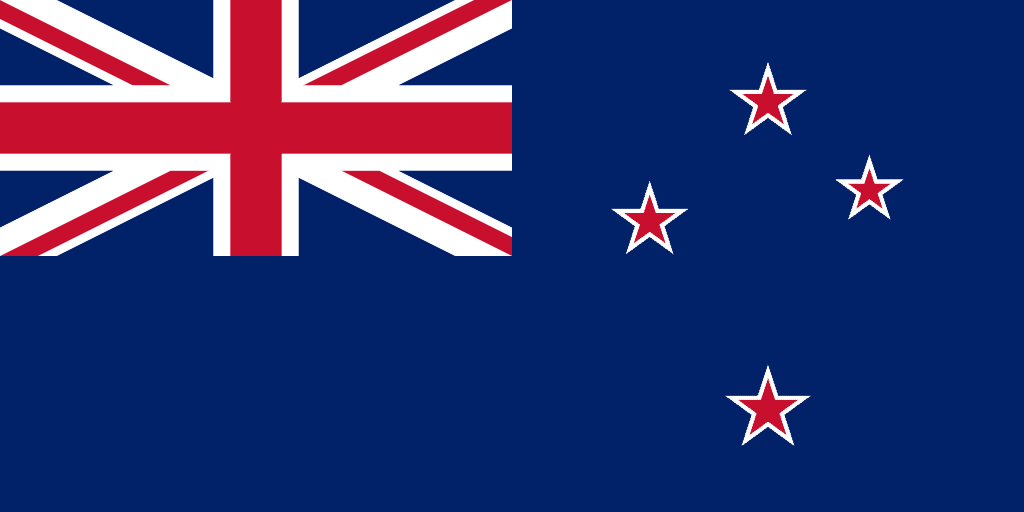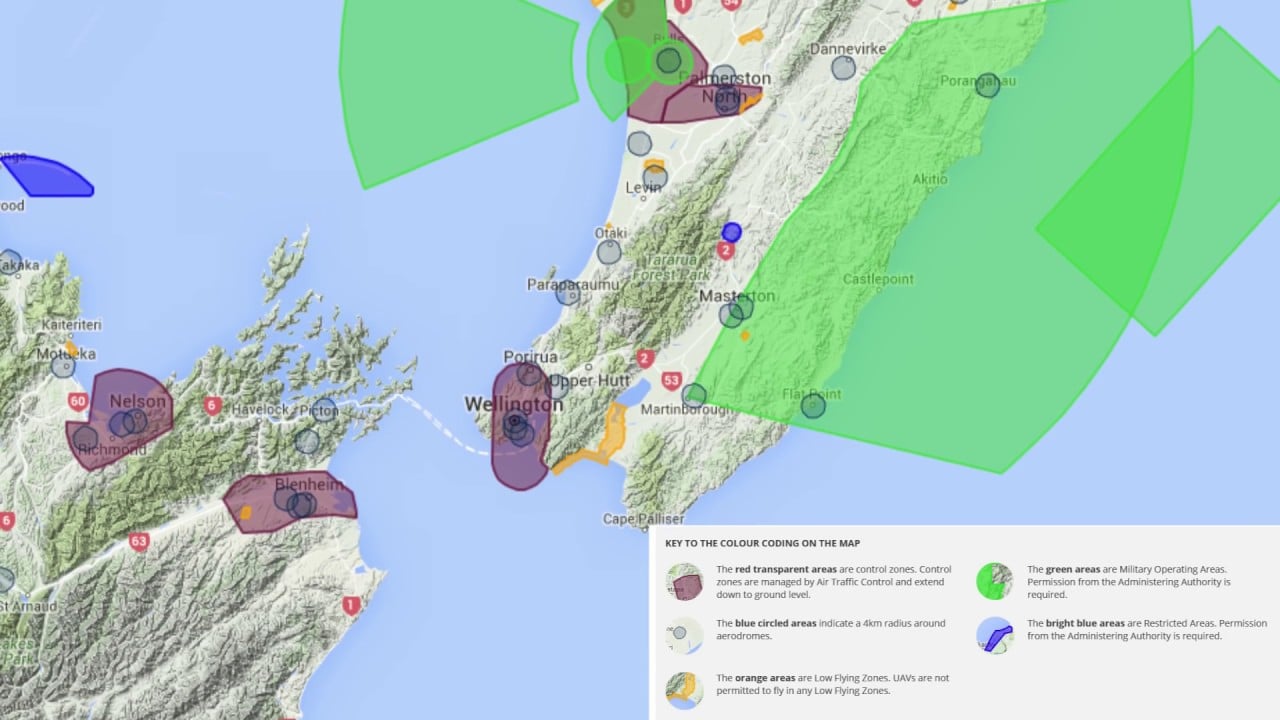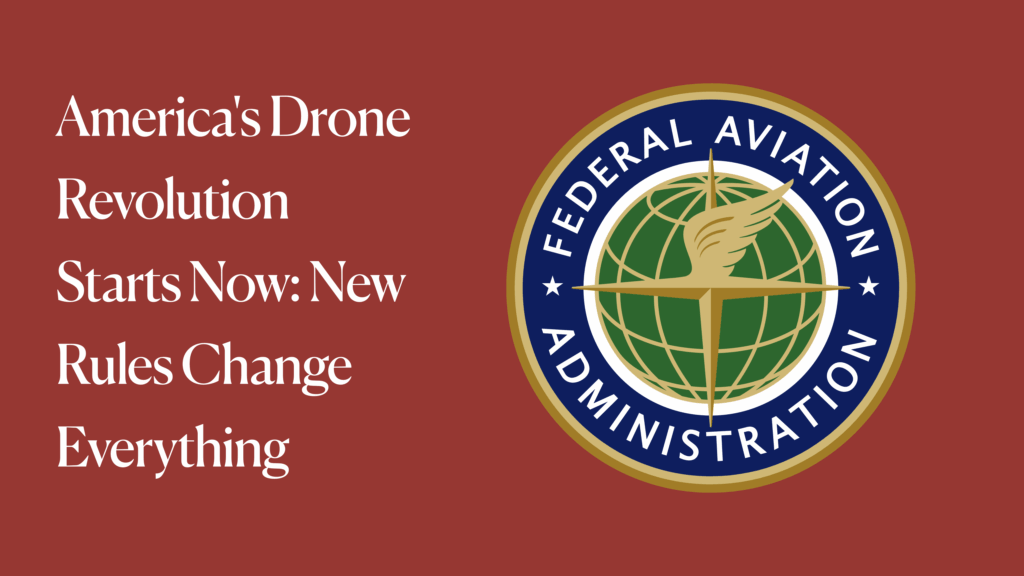Drone Laws in New Zealand
Hobbyist Drone Laws For Residents of New Zealand
Drone Operations in New Zealand are currently regulated.
- Hobbyist drone flights are allowed in New Zealand
- Hobbyist New Zealand drone pilot license is not required
- Hobbyist Drone registration/authorization is required in New Zealand for hobbyists
- Drone Remote ID is not required in New Zealand for hobbyists
- Drone Insurance is not required but recommended for hobbyists’ drone operations in New Zealand
Read below for more details on Hobbyist Drone Laws in New Zealand and to find links to regulators and other credible sources!
Agencies Responsible for regulating drones in New Zealand
Drone Regulator in New Zealand: Civil Aviation Authority of New Zealand (CAANZ)
UAS Laws – General rules for flying drones in New Zealand
The New Zealand agency responsible for drone safety, CAANZ, has provided several internet-accessible details on flying a drone for fun or work. The highlights are enumerated below. For more details go to the link above.
Are drones allowed in New Zealand?
When flying unmanned aircraft, you need to follow the Part 101 rules. If you cannot follow the rules outlined below, you must apply for a Part 102 certification.
Before you fly
- Aircraft must NOT exceed 25kg and must always be safe to operate and well maintained.
- You must minimize hazards to people, property, and other aircraft.
- Only fly during daylight unless you are doing a shielded operation.
- Give way to all crewed aircraft, e.g., planes, helicopters, hang gliders, and paragliders. Land your aircraft immediately if another aircraft approaches.
- You must be able to see your unmanned aircraft with your own eyes at all times. Don’t watch it through binoculars, a monitor, or a smartphone. Also, do not fly it behind objects or through or above fog and clouds.
- Fly below 120 meters (400 feet) above ground level.
- Get consent before flying over people and property.
- There are several no-fly zones – check for any airspace restrictions in your area before you fly.
Share the Skies – drone rules brochure [PDF 565 KB]
Where can you fly?
Airspace can be designated as controlled or special-use airspace.
Controlled airspace is where there is a need for an air traffic control service for the safety and efficiency of aircraft operations. Special use airspace includes restricted areas, military operating areas, mandatory broadcast zones, volcanic hazard zones, danger areas, and low-flying zones.
Maps showing the boundaries of controlled and other special use airspaces, called Visual Navigation Charts (VNC), are available for purchase from the Aeronautical Information Shop(external link). In addition, you can view these electronically on the AirShare(external link)website.
- You may fly in controlled airspace by obtaining air traffic control clearance from Airways. You can request this authorization through AirShare using the My Flights(external link) tool.
- You don’t need authorization from air traffic control if you can conduct your flight as a shielded operation.
- Stay 4 km away from all aerodromes – unless you’ve got clearance from the aerodrome operator. See the Aerodromes section for other conditions.
- Do not fly in special-use airspace without the permission of the administering authority—for example, military operating areas or restricted areas.
- It’s safer NOT to fly over people. However, if you need to, only fly above people if you have asked for their consent.
- Get the consent of the property owner or person in charge of the land you want to fly over.
- Check with your local council or the Department of Conservation before flying in public places like parks and reserves. For example, your regional council’s website will have information about drone use in your area. You must apply for a permit from the Department of Conservation to fly over conservation land.
Drone use on conservation land(external link)
Here are the most important rules to know for flying a drone in New Zealand:
- Drones must weigh no more than 25 kilograms (55 pounds), and drone pilots must ensure that their drones are safe to fly before taking flight.
- Drone pilots must always take reasonable precautions to avoid endangering persons, property, or other aircraft (i.e., do not fly recklessly).
- Drones are only permitted to fly during daylight hours.
- Drones must yield to crewed aircraft at all times.
- At all times, drone pilots must maintain a direct visual line of sight with their drones.
- Drones cannot fly higher than 120 meters (394 feet) above the ground.
- Drone pilots must be familiar with the airspace restrictions that apply to their area.
- A drone may not be flown within a radius of four kilometers (2.5 miles) of an aerodrome.
- Drone pilots must obtain an air traffic control clearance from Airways to fly in controlled airspace.
- Drone pilots are not permitted to operate in special-use airspace without the permission of the area’s administering authority (e.g., military operating areas or restricted areas).
- Drone pilots must obtain consent before flying over an individual.
- Before flying over a property or area, drone pilots must obtain the consent of the property owner or person in charge.
- Consult your local council or the Department of Conservation before flying over public areas such as parks and reserves.
- Avoid flying a drone near marine life. Under the 1992 Marine Mammals Protection Regulations, no aircraft shall be closer than 150 meters (500 feet) horizontally from a point directly above any marine mammal when operating less than 600 meters (2,000 feet) above sea level.
Notes for recreational drone pilots flying for fun in New Zealand
New Zealand drone rules aren’t separated into recreational and commercial rules like other countries.
You must follow the Part 101 rules when flying your drone.
If you need to fly outside the Part 101 drone rules, you must hold a Part 102 unmanned aircraft operator certificate.
Intro to Part 101 rules for unmanned aircraft
Intro to Part 102 certification for unmanned aircraft
You must have a concession (permit) from DOC to fly a drone (of any size) on public conservation land for any reason, including private and non-commercial use.
Get more information about using private drones on public conservation land on this link: NZ recreational use permits for drone use on public conservation land
Commercial Drone Laws For Residents of New Zealand
Drone Operations in New Zealand are currently regulated.
- Commercial drone flights are allowed in New Zealand
- Commercial New Zealand drone pilot license is not required
- Commercial Drone registration/certification is required in New Zealand for commercial drone operators
- Drone Remote ID is not required in New Zealand for Commercial Drone Operators
- Drone Insurance is not required for commercial drone operations in New Zealand
Read below for more details on Commercial Drone Laws in New Zealand and to find links to regulators and other credible sources!
Notes for operating Commercial Drone Services in New Zealand
New Zealand drone rules aren’t separated into recreational and commercial rules like other countries.
You must follow the Part 101 rules when flying your drone.
If you need to fly outside the Part 101 drone rules, you must hold a Part 102 unmanned aircraft operator certificate.
Intro to Part 101 rules for unmanned aircraft
Intro to Part 102 certification for unmanned aircraft
You must have a concession (permit) from DOC to fly a drone (of any size) on public conservation land for any reason, including private and non-commercial use.
Get more information about using private drones on public conservation land on this link: NZ commercial use permits for drone use on public conservation land
Drone Regulations For Visitors To New Zealand
Drone Operations in New Zealand are currently regulated.
- Foreign visitor drone flights are allowed in New Zealand
- Foreign visitor drone pilot license is not required
- Drone registration is required in New Zealand for visitors/tourists
- Drone Remote ID is not required in New Zealand for tourists
- Drone Insurance is not required but recommended for tourist drone operations in New Zealand
Read below for more details on NZ Drone Laws for Visitors (Tourists) and to find links to regulators and other credible sources!
Drone Rules For Government Drone Operators in New Zealand
Drone Operations in New Zealand are currently regulated.
- Government drone flights are allowed in New Zealand
- Government drone pilot license is required
- Drone registration is required in New Zealand for Government operations
- Drone Remote ID is not required in New Zealand for Government operations
- Drone Insurance is not required for Government drone operations in New Zealand
Read below for more details on Drone Laws New Zealand for Government Drone Operations and to find links to regulators and other credible sources!
Useful published information on flying drones in New Zealand
Here is a useful introduction video by CAANZ and Airshare NZ on flying a drone legally in New Zealand…
Authoritative Sources of Information on New Zealand Drone Laws
We will attempt to keep an updated list of online authoritative links to regulators and other official websites here:
- Drone Regulator Website: Civil Aviation Authority of New Zealand (CAANZ)
- Link To SUAS Laws: Share the Skies – drone rules brochure [PDF 565 KB]
- No Fly Zone Maps/Locations: N/A
- UAV Registration Site: N/A
- Drone Operator Licensing Site: N/A
- Others: Intro to Part 101 rules for unmanned aircraft
- Others: Intro to Part 102 certification for unmanned aircraft
NOTE: This page is about the Regulation of Unmanned Aerial Vehicles: Small Unmanned Aerial Systems (SUAS), Small UAS, Remote Piloted Aerial Systems (RPAS), unmanned aerial vehicle (UAV), Unmanned Aerial System (UAS), and drone are interchangeable terms unless specified. Model Aircraft, toy, remote-controlled, and RC aircraft may be covered by the same regulations unless specified.
Find out why
We think you must use a Drone Preflight Checklist
And a Drone Post-flight checklist
Free Drone Flight Checklist PDF
This Drone Flight Checklist is better than others.
It’s free!
It includes both the preflight checklist and post-flight checklist
It’s an easy-to-use printable PDF that covers all your bases.
Traveling with a Drone?
Click here to read our Comprehensive Guide For Traveling With A Drone.
LET US CONNECT YOU
Calling All Drone Service Companies, Trainers, Tour Guides with Drone Experience
Contact Us with your website, email address and phone number using our Contact Page
We want to share your information with visitors who look for credible providers that follow the rules.
NOW IT’S YOUR TURN





Leave a Comment